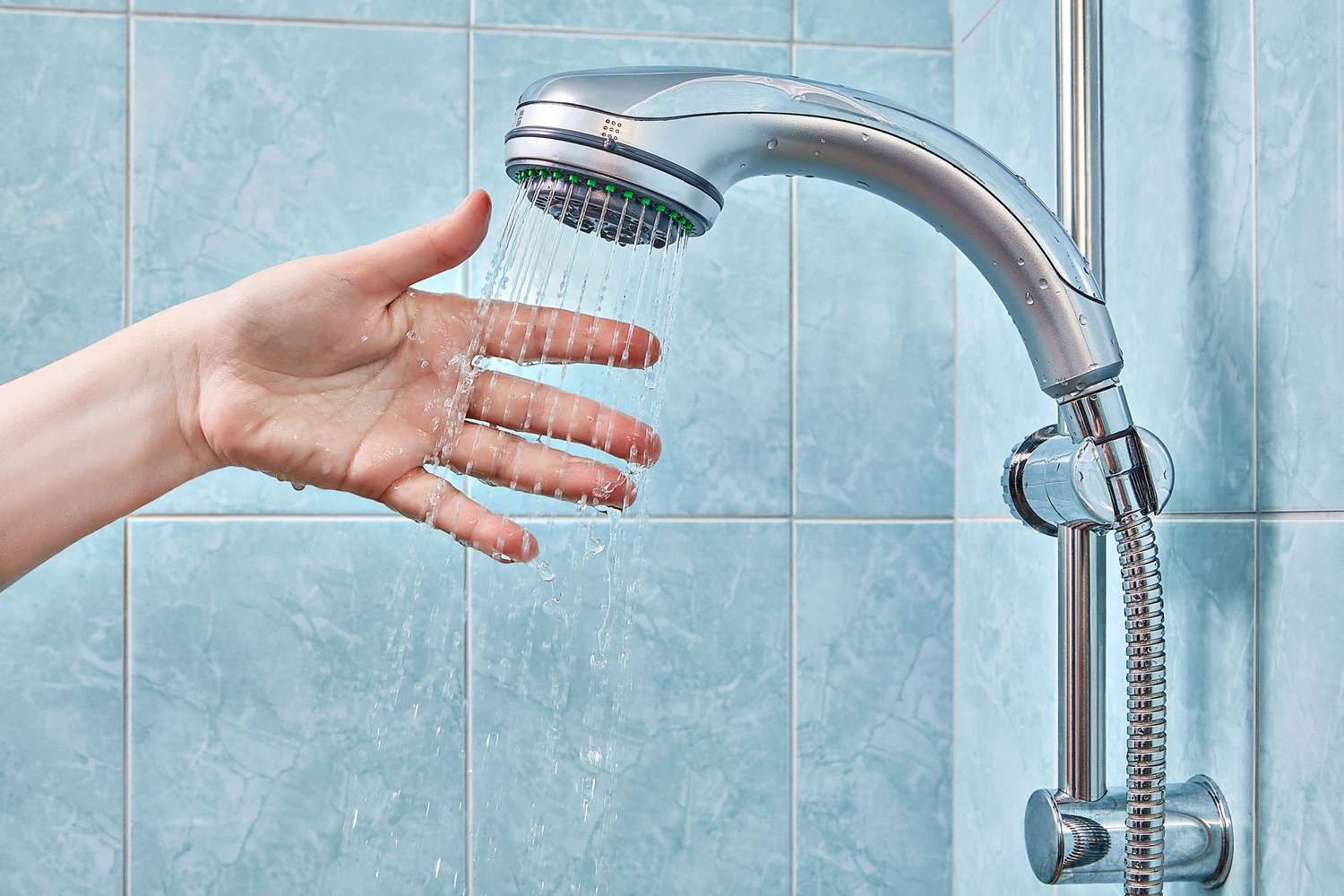

Articles
When Do I Need To Replace My Showerhead
Modified: February 22, 2024
"Find out when it is time to replace your showerhead with our informative articles. Discover the signs and reasons for upgrading your bathroom fixture."
(Many of the links in this article redirect to a specific reviewed product. Your purchase of these products through affiliate links helps to generate commission for Storables.com, at no extra cost. Learn more)
Introduction
When it comes to our daily shower routine, a properly functioning showerhead is essential. Not only does it provide us with a refreshing and invigorating experience, but it also plays a significant role in maintaining good hygiene. However, over time, showerheads can wear out and lose their effectiveness. In this article, we will explore the signs that indicate it’s time to replace your showerhead and discuss the factors that can affect its lifespan.
With daily use, showerheads are exposed to a variety of factors that can cause wear and tear. From hard water deposits and mineral buildup to corrosion and rust, these issues can impact the performance and functionality of your showerhead. By being aware of the signs of a worn-out showerhead, you can take proactive measures to ensure a satisfying and efficient shower experience.
So, let’s delve into the common signs that indicate your showerhead might be due for a replacement.
Key Takeaways:
- Regularly assess your showerhead for signs of wear such as decreased water pressure, leaks, mineral buildup, and outdated design. Addressing these issues promptly can ensure an optimal shower experience and prevent potential damage to your bathroom.
- Factors such as water quality, usage frequency, maintenance practices, and the age of your showerhead can impact its lifespan. By understanding these factors and being proactive in maintenance, you can extend the longevity of your showerhead and enjoy refreshing showers for years to come.
Read more: When Do Gutters Need To Be Replaced
Signs of a worn-out showerhead
As your showerhead ages, it may start exhibiting signs of wear and tear. Here are some common indicators that it’s time to replace your showerhead:
- Decreased water pressure: One of the telltale signs of a worn-out showerhead is a noticeable decrease in water pressure. If you used to enjoy a strong and invigorating shower, but now find yourself under a weak and trickling stream, it could be a clear indication that your showerhead needs replacing. Mineral deposits and clogs can restrict water flow, significantly impacting your shower experience.
- Leaks and cracks: If you notice any leaks or cracks in your showerhead, it’s a definite sign that it’s time for a replacement. Leaks can waste water and increase your water bills, and cracks can lead to further damage or even complete failure of the showerhead. It’s important to address these issues promptly to prevent any potential water damage to your bathroom.
- Mineral buildup and clogging: Hard water contains minerals like calcium and magnesium, which can accumulate and form deposits on your showerhead over time. This mineral buildup can clog the nozzles and restrict water flow, resulting in poor performance and reduced efficiency. If you notice a white, crusty substance on your showerhead or experience uneven water distribution, it’s a strong indication that it needs replacing.
- Corrosion and rust: If your showerhead is made of metal, corrosion and rust can eventually become an issue. Over time, exposure to moisture and humidity can cause metal parts to corrode, leading to discoloration and deterioration. Not only is this unsightly, but it can also impact the water quality and potentially stain your skin or bathroom surfaces. If your showerhead shows signs of corrosion or rust, it’s time to consider a replacement.
- Outdated design and functionality: While not directly related to the performance of a showerhead, outdated design and functionality can be a good reason to replace it. If your current showerhead lacks the features or technology that enhances your shower experience, such as adjustable settings, massage functions, or water-saving features, upgrading to a newer model can greatly improve your shower routine.
Keep an eye out for these signs, as they can indicate that your showerhead is no longer operating at its best. By replacing a worn-out showerhead, you can ensure optimal water flow, improved hygiene, and an overall better shower experience.
Decreased water pressure
One of the most common signs that your showerhead may need replacing is a noticeable decrease in water pressure. If you used to enjoy a strong and invigorating stream of water but now find yourself standing under a weak and lackluster flow, it’s time to investigate the issue.
There are several reasons why you may be experiencing decreased water pressure in your showerhead. One possible cause is mineral buildup and clogging. Over time, minerals like calcium and magnesium can accumulate inside the showerhead’s nozzles, restricting the water flow. This can lead to a weak and uneven spray pattern, impacting the quality of your shower experience.
Another reason for decreased water pressure could be a blockage or obstruction in the water supply line. Sediment, debris, or even a faulty valve can cause a restriction in the water flow, resulting in reduced water pressure. In some cases, a simple cleaning or maintenance of the showerhead and water supply line can help improve the water pressure. However, if the problem persists, it may be a sign that the showerhead itself is worn out and in need of replacement.
Older showerhead models may also suffer from design flaws or internal damage that can contribute to decreased water pressure. Over time, the rubber seals and gaskets within the showerhead can deteriorate, causing leaks or gaps that disrupt the water flow. Additionally, the overall structure of the showerhead may become compromised due to corrosion or mineral buildup, further impeding the water pressure.
It’s important to address decreased water pressure in your showerhead promptly, as it can significantly impact your shower experience. A weak stream of water can make it difficult to rinse off soap and shampoo effectively, and it may lead to a longer shower duration. This can result in unnecessary water wastage, higher energy costs, and overall inconvenience.
If you have tried cleaning and maintaining your showerhead but continue to experience decreased water pressure, it’s a good idea to consider replacing it. Upgrading to a new showerhead with improved water flow technology can help ensure a consistent and enjoyable shower experience. Look for models that have adjustable settings or specialized spray patterns to customize your shower to your preference.
By addressing the issue of decreased water pressure in your showerhead, you can restore the effectiveness and comfort of your daily showers. Don’t settle for a weak and lackluster experience when a simple replacement can bring back the invigorating and rejuvenating power of a strong water flow.
Leaks and cracks
Discovering a leak or crack in your showerhead is a clear indication that it’s time for a replacement. Leaks can be frustrating and wasteful, leading to increased water bills and potentially causing damage to your bathroom. Cracks, on the other hand, can compromise the structural integrity of the showerhead and may eventually result in complete failure.
There are several reasons why leaks and cracks can develop in a showerhead. Over time, the constant exposure to water and the pressure from the water flow can cause the materials to deteriorate. Showerheads made of plastic are especially susceptible to cracking due to age and repeated use.
Leaky showerheads can occur for various reasons. Oftentimes, the issue lies with the rubber gaskets or washers inside the showerhead that are meant to provide a tight seal. These gaskets can wear out over time, causing water to escape through gaps or cracks. Additionally, loose connections or damaged threads where the showerhead attaches to the shower arm can also lead to leaks.
Leaks not only waste water but can also cause damage to the surrounding areas of the shower. Prolonged exposure to moisture can lead to mold and mildew growth, which can be harmful to your health and require costly repairs. It’s important to address leaks promptly to prevent further damage and water wastage.
Similarly, cracks in your showerhead can be problematic. They can occur due to various reasons, including accidental drops, exposure to extreme temperatures, or simply the natural wear and tear over time. When a crack develops, it compromises the structural integrity of the showerhead, making it prone to further damage or complete failure.
If you notice any leaks or cracks in your showerhead, it’s best to replace it as soon as possible. While some leaks can be fixed with simple repairs or by replacing the faulty gaskets, it’s often more cost-effective and practical to invest in a new showerhead. This ensures a reliable and leak-free shower experience without the risk of further damage.
When selecting a new showerhead, consider materials that are durable and resistant to cracking, such as stainless steel or brass. Look for products that come with warranties or guarantees to ensure their longevity and performance. By replacing a showerhead with leaks or cracks, you can eliminate water wastage, prevent potential damage, and enjoy a hassle-free shower experience.
Mineral buildup and clogging
If you start noticing a decrease in water flow or uneven spray patterns from your showerhead, it may be a sign of mineral buildup and clogging. Hard water, which contains high levels of minerals like calcium and magnesium, can cause deposits to accumulate inside your showerhead over time.
Mineral buildup occurs as the water evaporates, leaving behind tiny mineral particles that cling to the internal components of the showerhead. These deposits can clog the small openings and restrict the flow of water, resulting in reduced water pressure and an unsatisfying shower experience.
One of the most common signs of mineral buildup is the presence of a white, crusty substance on the surface of the showerhead. It can be particularly noticeable around the nozzles or openings. As the mineral deposits accumulate, they can become harder to remove, further impacting the performance of the showerhead.
Aside from decreased water pressure, mineral buildup and clogging can also lead to other issues. The uneven distribution of water can cause some nozzles to shoot out water while others barely trickle, resulting in an inefficient and frustrating shower experience.
To address mineral buildup and clogging, regular cleaning and maintenance are essential. Depending on the severity of the deposits, you can try various methods to remove the mineral buildup. One common approach is to soak the showerhead in a mixture of vinegar and water. The acidic properties of vinegar can help dissolve the mineral deposits, making it easier to clean. You can also use a small brush or toothbrush to scrub away the deposits gently.
However, if the mineral buildup is severe or has been neglected for an extended period, cleaning may not be enough. In such cases, it’s advisable to replace the showerhead. By replacing the old showerhead with a new one, you can start fresh without any mineral buildup issues and ensure optimal water flow.
When choosing a new showerhead, consider options that are designed to resist mineral buildup. Look for models with self-cleaning nozzles or features that prevent the accumulation of deposits. Some showerheads also come with removable and replaceable filters, which can help trap and remove mineral particles.
By addressing mineral buildup and clogging in your showerhead, you can restore optimal water flow and enjoy a refreshing shower experience. Regular cleaning and maintenance, along with the use of appropriate showerhead products, can help prevent future issues and ensure the longevity of your showerhead.
Corrosion and rust
If you notice signs of corrosion or rust on your showerhead, it’s a clear indication that it’s time to replace it. Corrosion and rust can not only affect the appearance of your showerhead but also impact its performance and overall water quality.
Showerheads made of metal, such as stainless steel or brass, are particularly susceptible to corrosion and rust. Over time, exposure to moisture and the chemical composition of the water can cause the metal to deteriorate. This can result in discoloration, pitting, and even structural damage to the showerhead.
Corrosion occurs when the metal surface oxidizes, leading to the formation of a layer of rust. Rust is a sign that the metal is breaking down, and if left untreated, can worsen and compromise the functionality of the showerhead. The presence of rust can also impact the quality of the water, potentially staining your skin or bathroom surfaces.
There are several reasons why corrosion and rust may develop on a showerhead. High humidity levels in the bathroom, exposure to hard water, or even poor quality materials used in the construction of the showerhead can contribute to these issues.
If you notice any signs of corrosion or rust on your showerhead, it’s important to take action promptly. Ignoring the issue can lead to further damage and potential leaks. Additionally, as the rust corrodes the metal, it can release harmful particles into the water, which can be detrimental to your health.
Replacing a showerhead affected by corrosion or rust is the best course of action. Look for models made from corrosion-resistant materials, such as chrome-plated or nickel-plated brass. These materials have a protective layer that helps prevent corrosion and rust from developing.
Regular maintenance and cleaning can help prevent corrosion and rust from forming on your showerhead. Be sure to thoroughly dry the showerhead after each use to reduce moisture buildup. Additionally, using water softeners or filtration systems can help reduce the presence of minerals in the water, which can contribute to corrosion.
By addressing corrosion and rust in your showerhead, you can ensure a clean and safe shower experience. A new showerhead made of quality materials will not only enhance the aesthetics of your bathroom but also provide optimal water flow and functionality.
Outdated design and functionalityWhile the performance and functionality of a showerhead are essential, the design and features also play a significant role in enhancing your shower experience. If your current showerhead has an outdated design or lacks the functionality you desire, it may be time to consider an upgrade.
Showerhead designs have evolved over the years, with manufacturers constantly introducing new features and technologies to improve the showering experience. Older showerhead models may lack the adjustable settings, massage functions, or water-saving features that are commonly found in newer models.
An outdated showerhead may not provide the versatility you desire. Without adjustable settings, you’re limited to a fixed spray pattern and intensity, which may not cater to your preferences. Upgrading to a showerhead with multiple spray patterns, such as rainfall, pulsating, or massage jets, can personalize your shower and make it more enjoyable.
Functionality is another important factor to consider. Older showerheads may not have features like water-saving mechanisms, which can help conserve water without compromising the shower experience. With increasing eco-consciousness, many households are opting for water-saving showerheads that provide a satisfying shower while reducing water consumption.
Additionally, older showerhead models may lack the convenience brought by modern technologies. For example, some newer showerheads come with touch-sensitive buttons or voice-controlled features, allowing you to adjust settings without touching the showerhead or even stepping into the shower.
Not only can an outdated showerhead limit your showering experience, but it may also be less durable and prone to issues. Showerheads constructed with outdated materials or technology could be more susceptible to leaks, cracks, or corrosion. Upgrading to a newer model can ensure a longer lifespan and reduce the need for frequent replacements.
When considering an upgrade, explore different designs and functionalities to find the perfect showerhead for your needs. Look for showerheads with a style that matches your bathroom décor and a range of functions that suit your preferences. From rainfall showerheads to handheld options, there are countless choices available to enhance your showering experience.
Remember, a shower is often a place of relaxation and rejuvenation. Investing in a showerhead that combines both aesthetics and functionality can significantly improve your daily routine and transform your showers into a spa-like experience.
If your showerhead is clogged with mineral deposits or has a weak water flow, it’s time to replace it. A new showerhead can improve water pressure and save water.
Factors affecting the lifespan of a showerhead
The longevity of a showerhead can vary depending on several factors. Understanding these factors can help you properly maintain and care for your showerhead, ultimately extending its lifespan. Here are some key factors that can affect the lifespan of a showerhead:
- Water quality and hardness: The mineral content and hardness of the water in your area can have a significant impact on the lifespan of your showerhead. Hard water, which contains high levels of minerals like calcium and magnesium, can lead to mineral buildup and clogging. Over time, these deposits can restrict water flow, decrease the efficiency of the showerhead, and ultimately shorten its lifespan. Using water softeners or installing a water filtration system can help reduce the mineral content and extend the life of your showerhead.
- Frequency of use: The more frequently you use your showerhead, the greater the wear and tear it will experience. Daily use can gradually deteriorate the internal components and the exterior finish of the showerhead. If you have a busy household with multiple people using the shower regularly, the showerhead may have a shorter lifespan compared to one in a less frequently used bathroom.
- Maintenance and cleaning practices: Regular maintenance and proper cleaning can significantly prolong the lifespan of your showerhead. Neglecting to clean the nozzles and remove mineral deposits can lead to clogging and decreased water flow. It’s important to follow manufacturer guidelines for cleaning and use appropriate cleaning solutions to prevent damage to the showerhead. Additionally, ensuring that all connections are tight and leak-free can prevent water damage and increase the lifespan of the showerhead.
- Water pressure: High water pressure can put additional strain on your showerhead, potentially leading to faster wear and tear. If the water pressure in your area is particularly high, consider using a pressure regulator or a showerhead that is specifically designed for high-pressure environments. This can help alleviate the stress on the showerhead and extend its lifespan.
- Quality of materials and construction: The materials used in the construction of the showerhead can greatly impact its durability and lifespan. Showerheads made from materials like stainless steel or solid brass are known for their longevity and resistance to corrosion. Cheaper plastic showerheads may be more prone to cracks, leaks, and deterioration over time. Investing in a showerhead made from high-quality materials can result in a longer lifespan and better overall performance.
It’s important to consider these factors when choosing a showerhead and maintaining it over time. By selecting a showerhead that is suitable for your water quality, practicing regular maintenance, and investing in a quality product, you can ensure that your showerhead provides reliable performance for years to come.
Water quality and hardness
The quality and hardness of the water in your area can have a significant impact on the lifespan of your showerhead. It’s important to understand the characteristics of your water and how it can affect your showerhead to ensure optimal performance and longevity.
Water hardness refers to the mineral content in the water, particularly the presence of calcium and magnesium. Areas with hard water have a higher concentration of these minerals, while areas with soft water have lower mineral content.
Hard water can cause mineral buildup and scaling, which can greatly affect the efficiency and lifespan of your showerhead. As water passes through the showerhead, the minerals can accumulate and form deposits on the inner components, including the nozzles and spray holes. Over time, this buildup can restrict the flow of water, leading to decreased water pressure and inefficient water distribution.
In addition to mineral buildup, hard water can also contribute to the corrosion of metal showerhead components. The minerals in the water can react with the metal, causing oxidation and the eventual breakdown of the showerhead. This can result in leaks, cracks, and overall deterioration of the showerhead.
Regular cleaning and maintenance are important when dealing with hard water. Cleaning the showerhead regularly, particularly the nozzles and spray holes, can help remove mineral deposits and maintain optimal water flow. Using a mixture of vinegar and water or a mild descaler can help dissolve the minerals and keep the showerhead clean. For severe buildup, it may be necessary to soak the showerhead in a descaling solution overnight.
To alleviate the effects of hard water on your showerhead, you can also consider installing a water softener or a water filtration system. Water softeners use ion exchange to replace the calcium and magnesium minerals with sodium or potassium ions, reducing the hardness of the water. Water filtration systems can also help remove impurities and minerals from the water, significantly improving its quality.
It’s important to keep in mind that the impact of water hardness on your showerhead will depend on the severity of the hardness in your area. If you live in an area with extremely hard water, the mineral buildup and corrosion may occur more rapidly and require more frequent cleaning or replacement of the showerhead.
By understanding the water quality and hardness in your area and taking appropriate measures to address it, you can extend the lifespan of your showerhead and maintain optimal performance. Regular cleaning, maintenance, and consideration of water softening or filtration systems can help ensure a satisfying shower experience for years to come.
Frequency of use
The frequency at which you use your showerhead can play a significant role in its lifespan. The more frequently you use your showerhead, the faster it may experience wear and tear. Understanding the impact of usage frequency can help you properly care for your showerhead and make informed decisions regarding its maintenance and replacement.
When you use your showerhead on a daily basis, it is subjected to constant exposure to water, cleaning products, and the pressure of water flow. Over time, these factors can lead to the deterioration of the showerhead’s internal components and external finish.
Every time you use your showerhead, small particles from the water, such as minerals and sediment, can accumulate within the nozzles and openings. This can result in mineral buildup and clogging, leading to decreased water pressure and inefficient water distribution. The more frequently you use your showerhead, the greater the likelihood of these issues developing.
In addition to mineral buildup, frequent use of the showerhead can also lead to structural issues. The constant exposure to moisture can cause the showerhead to deteriorate, especially if it is made of materials prone to corrosion or rust. This can result in leaks, cracks, or even complete failure of the showerhead.
Proper maintenance and cleaning can help mitigate the effects of frequent use. Regularly cleaning the nozzles, removing mineral deposits, and ensuring proper connections can help prevent clogs and maintain optimal water flow. Additionally, inspecting the showerhead for any signs of damage or wear can help identify issues early on and address them promptly.
While maintenance is crucial, it’s important to note that even with proper care, the lifespan of a showerhead can still be affected by frequency of use. If you have a busy household with multiple people using the showerhead frequently, it may endure more wear and tear compared to a showerhead in a less frequently used bathroom.
It’s also worth considering that individual shower habits can vary. Some people may prefer longer showers or use higher water pressure, which can potentially accelerate the wear on the showerhead. Being mindful of these factors and adjusting your shower habits accordingly can help prolong the lifespan of your showerhead.
If you notice a significant decline in the performance of your showerhead, such as decreased water pressure or leaks, despite proper maintenance, it may be a sign that it’s time for a replacement. Upgrading to a new showerhead can ensure optimal water flow, improved functionality, and a satisfying shower experience.
By considering the frequency of use and taking appropriate maintenance measures, you can extend the lifespan of your showerhead and continue to enjoy refreshing showers for as long as possible.
Maintenance and cleaning practices
Maintenance and regular cleaning are essential for prolonging the lifespan of your showerhead. By following proper practices, you can prevent issues such as mineral buildup, clogging, and deterioration, ensuring optimal performance and longevity. Here are some key maintenance and cleaning practices to keep in mind:
1. Regular cleaning: Regularly cleaning your showerhead helps prevent mineral deposits and clogging, which can affect water flow and diminish the showering experience. Depending on the hardness of your water, aim to clean your showerhead at least once every few months. Use a mild descaling solution or a mixture of vinegar and water to remove mineral buildup effectively. Soaking the showerhead in the cleaning solution can help dissolve stubborn deposits. Use a soft brush or toothbrush to gently scrub the nozzles and remove any remaining residue.
2. Remove and soak in cleaning solution: If your showerhead is heavily clogged with mineral deposits, it may be beneficial to remove it and soak it in a cleaning solution. This allows for a more thorough cleaning process and helps dissolve stubborn buildup. Follow the manufacturer’s instructions for removing the showerhead and soak it in a descaling solution overnight or as recommended.
3. Inspect for damage: Regularly inspect your showerhead for any signs of damage, such as cracks, leaks, or worn-out seals. Pay special attention to the connection points and ensure that they are secure and leak-free. If you notice any damage or deterioration, address the issue promptly to prevent further damage and potential water wastage.
4. Check for mineral buildup: Keep an eye out for any signs of mineral buildup on the surface of the showerhead, such as white, crusty deposits. If left untreated, mineral buildup can clog the nozzles and restrict water flow. Regularly cleaning and removing these deposits can help maintain optimal water pressure and improve the performance of your showerhead.
5. Use appropriate cleaning solutions: When cleaning your showerhead, use mild, non-abrasive cleaning solutions. Harsh chemicals or abrasive cleaners can damage the finish or internal components of the showerhead. Avoid using metal brushes or scouring pads, as they can scratch the surface. Stick to soft brushes or toothbrushes for gentle cleaning.
6. Dry the showerhead: After each use, take a moment to dry the surface of the showerhead with a soft cloth or towel. This helps prevent the accumulation of moisture, which can contribute to corrosion or the development of mold and mildew.
7. Consider water softening or filtration: If you live in an area with hard water, consider using a water softener or installing a water filtration system. These systems can help reduce the mineral content in the water, minimizing mineral buildup in your showerhead and extending its lifespan.
By implementing these maintenance and cleaning practices, you can ensure the optimal performance and longevity of your showerhead. Regular maintenance not only improves your showering experience but also helps prevent costly repairs or premature replacements. With proper care, your showerhead can continue to provide a refreshing and enjoyable shower experience for years to come.
Recommended timeline for replacing a showerhead
The lifespan of a showerhead can vary depending on various factors such as usage frequency, water quality, maintenance practices, and the quality of the showerhead itself. While there is no set expiration date for a showerhead, there are signs that indicate it may be time for a replacement. Here is a recommended timeline to consider:
1. Evaluate the performance: Regularly assess the performance of your showerhead to ensure it is functioning optimally. If you start to notice a decrease in water pressure, uneven spray patterns, leaks, or other issues that affect your shower experience, it could be an indication that the showerhead is reaching the end of its lifespan.
2. Consider the age: While age alone is not the sole factor for replacement, it can be a good indicator of the lifespan of a showerhead. If your showerhead is over 10 years old, it may be more prone to issues such as corrosion, leaks, or worn-out internal components. Considering a replacement after this timeframe can help prevent potential problems and ensure a reliable shower experience.
3. Assess the condition: Regularly inspect your showerhead for any signs of damage or deterioration. If you notice cracks, leaks, rust, or other visible signs of wear and tear, it is a strong indication that the showerhead needs replacement. Damaged or deteriorated showerheads can lead to water wastage, inefficient water flow, and potential leaks that can cause further damage to your bathroom.
4. Evaluate water quality and maintenance: The quality of your water and how well you maintain your showerhead can greatly impact its lifespan. If you live in an area with hard water that leads to significant mineral buildup and clogging, you may need to consider replacing the showerhead more frequently. Similarly, if you have not been diligent in maintaining and cleaning the showerhead, it may lead to increased wear and tear, necessitating a replacement sooner.
5. Upgrade to modern features: If your current showerhead lacks the features or functionality that you desire, it may be a good time to consider upgrading. Newer models offer a range of advanced features such as adjustable settings, massage functions, or water-saving mechanisms. Upgrading to a showerhead with these features can enhance your shower experience and bring you added convenience.
6. Trust your instincts: Ultimately, trust your own judgment and instincts when considering whether to replace your showerhead. If you sense that the showerhead is no longer providing the performance or functionality you desire, or if you simply want a fresh look and feel in your bathroom, it may be the right time to invest in a new showerhead.
While the recommended timeline can serve as a general guideline, it’s important to consider your specific situation and needs. Regularly assess the condition and performance of your showerhead, taking into account the factors mentioned above. By being proactive and replacing your showerhead when necessary, you can ensure an enjoyable and efficient shower experience for yourself and your household.
Conclusion
Your showerhead plays a crucial role in your daily routine, providing a refreshing and invigorating shower experience. Over time, however, showerheads can wear out and lose their effectiveness. By being aware of the signs of a worn-out showerhead and understanding the factors that can affect its lifespan, you can take proactive steps to maintain a satisfying shower experience and prolong the longevity of your showerhead.
Signs such as decreased water pressure, leaks, cracks, mineral buildup, and corrosion indicate that it may be time to replace your showerhead. Addressing these issues promptly can prevent further damage and ensure optimal water flow and performance.
Factors like water quality and hardness, frequency of use, maintenance practices, and the quality of materials can all impact the lifespan of your showerhead. Understanding these factors can help you make informed decisions about cleaning, maintenance, and when to consider a replacement.
Maintaining your showerhead through regular cleaning, proper maintenance practices, and addressing any damage or wear can significantly extend its lifespan. Consider installing water softeners or filtration systems to reduce mineral buildup if you live in an area with hard water.
While there is no set expiration date for a showerhead, evaluating its performance, age, condition, and considering upgrades to modern features can guide you in determining when to replace it. Trust your instincts and consider your specific needs and preferences when making the decision.
By proactively caring for your showerhead and knowing the signs of a worn-out unit, you can ensure an efficient and enjoyable shower experience. Regular maintenance, proper cleaning, and timely replacement when needed will go a long way in maintaining optimal water flow, functionality, and the overall longevity of your showerhead.
So, keep an eye out for the signs mentioned in this article and take the necessary steps to maintain your showerhead. With proper care, you can continue to enjoy refreshing showers that leave you feeling revitalized and rejuvenated for years to come.
Frequently Asked Questions about When Do I Need To Replace My Showerhead
Was this page helpful?
At Storables.com, we guarantee accurate and reliable information. Our content, validated by Expert Board Contributors, is crafted following stringent Editorial Policies. We're committed to providing you with well-researched, expert-backed insights for all your informational needs.
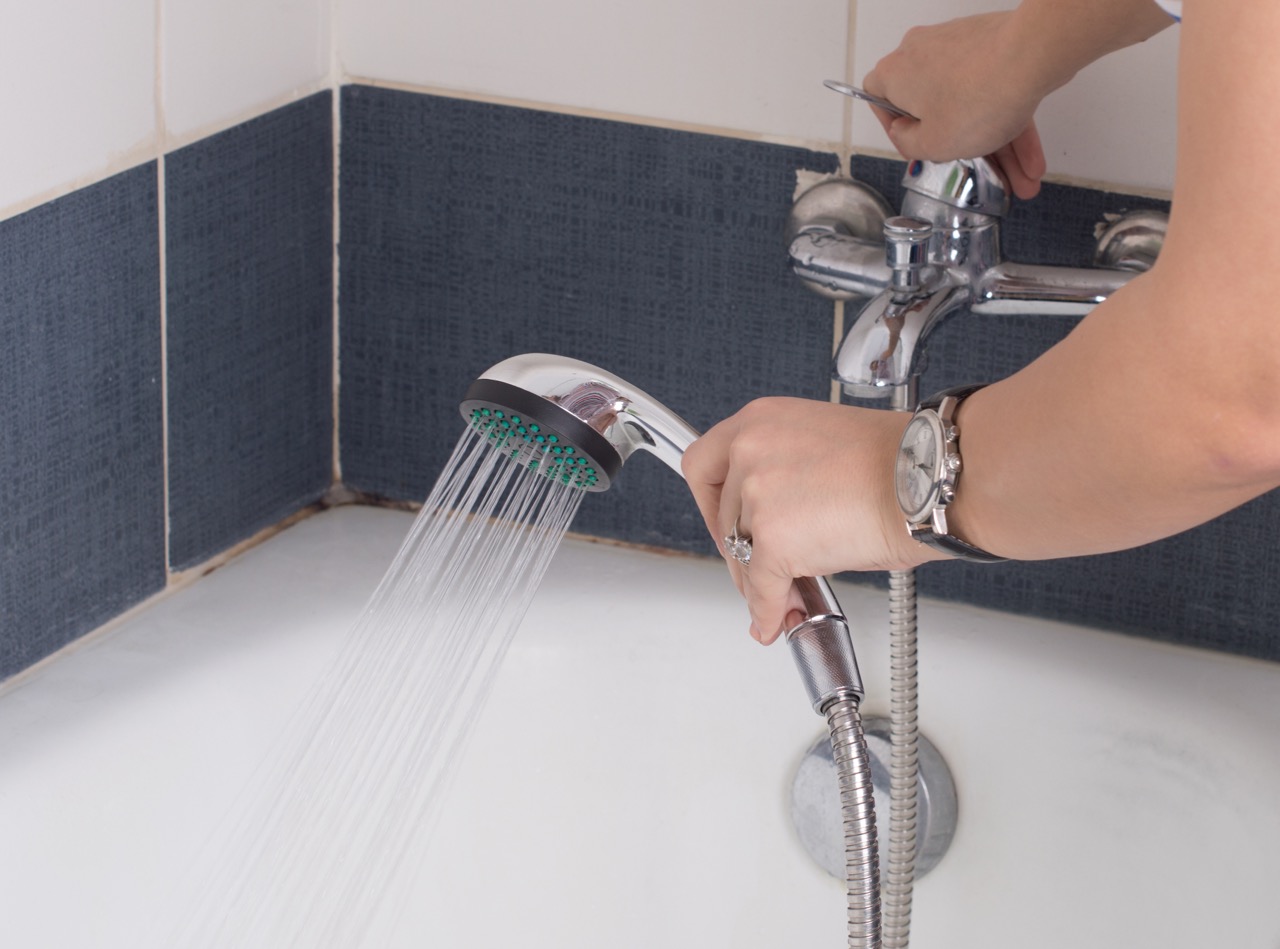
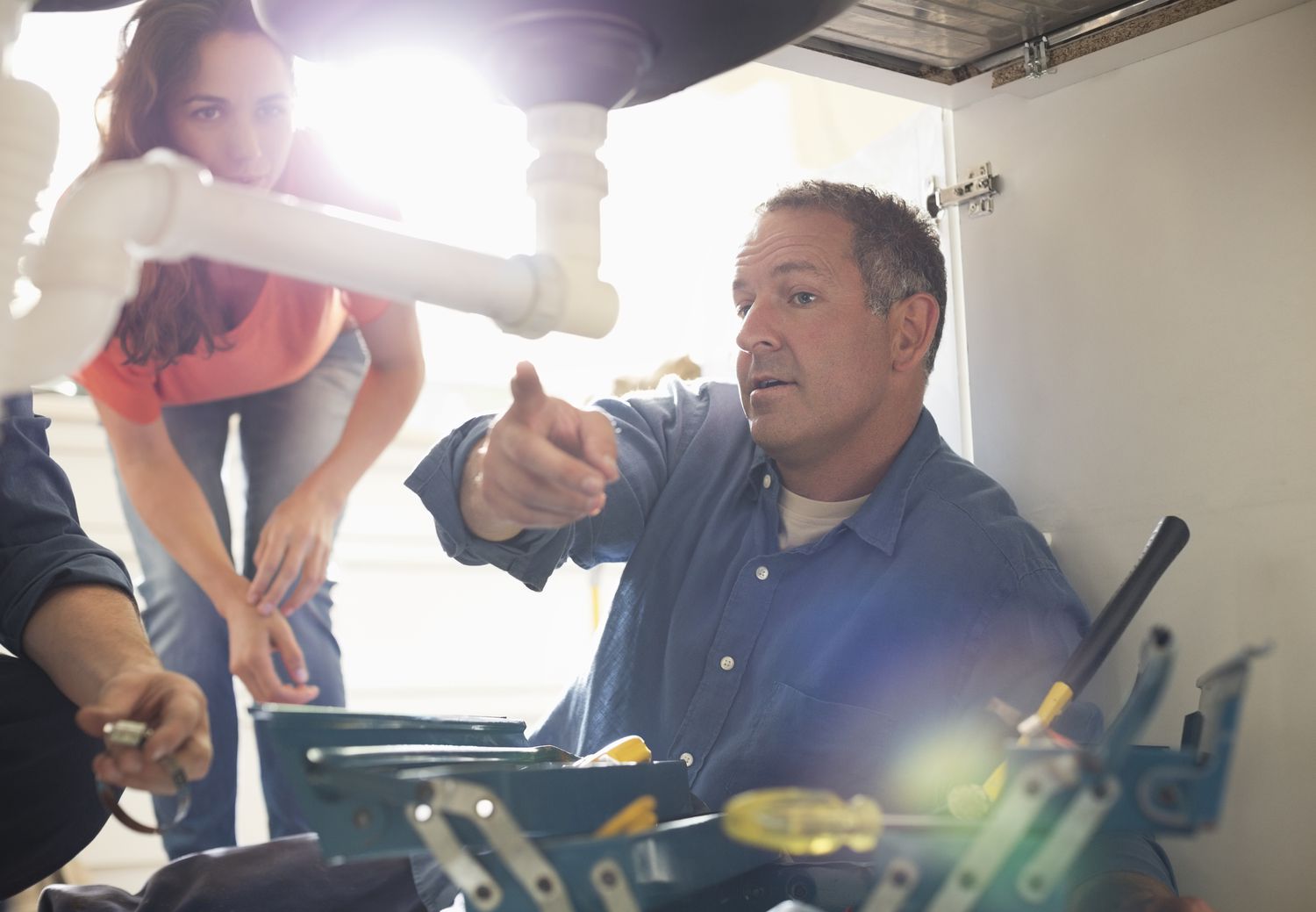
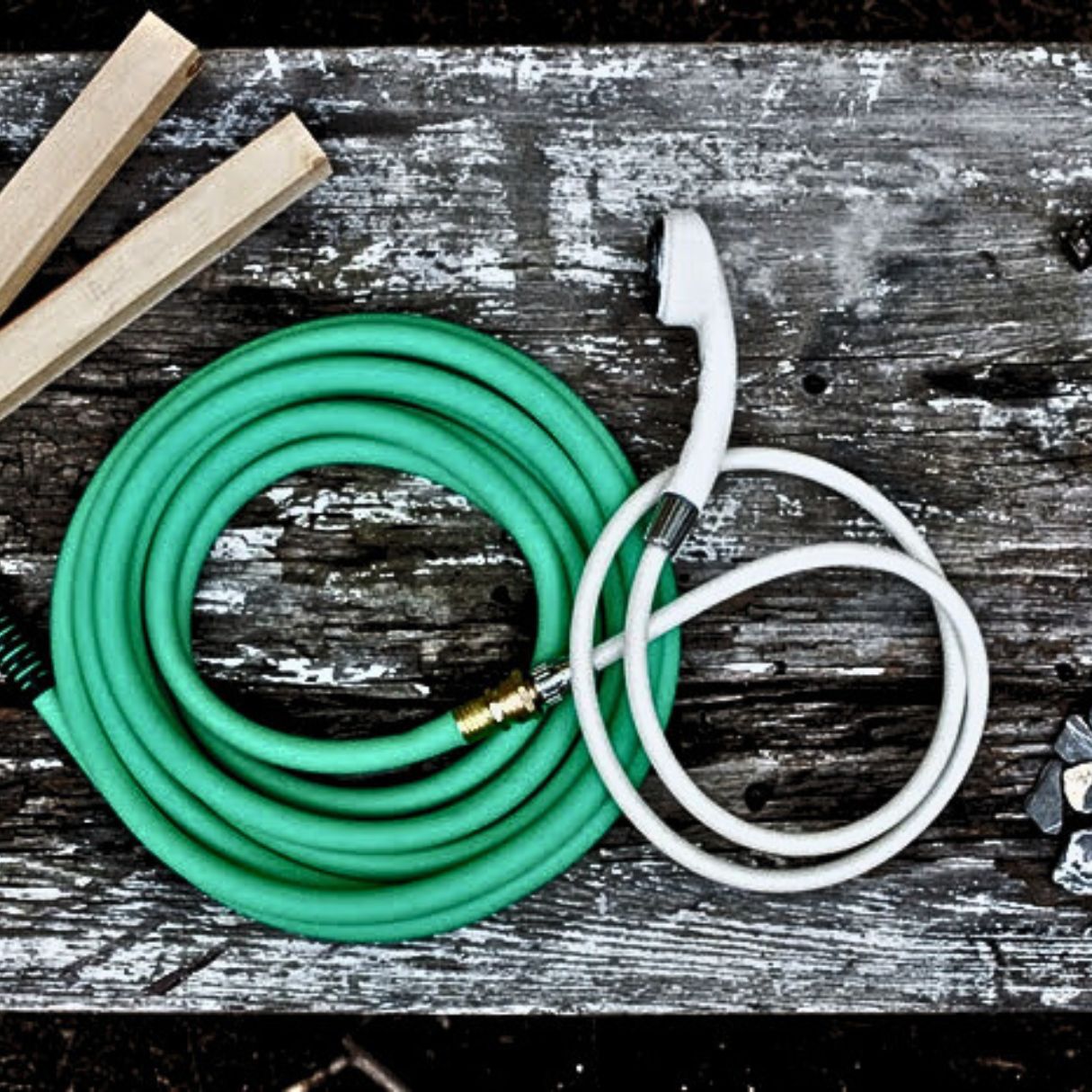

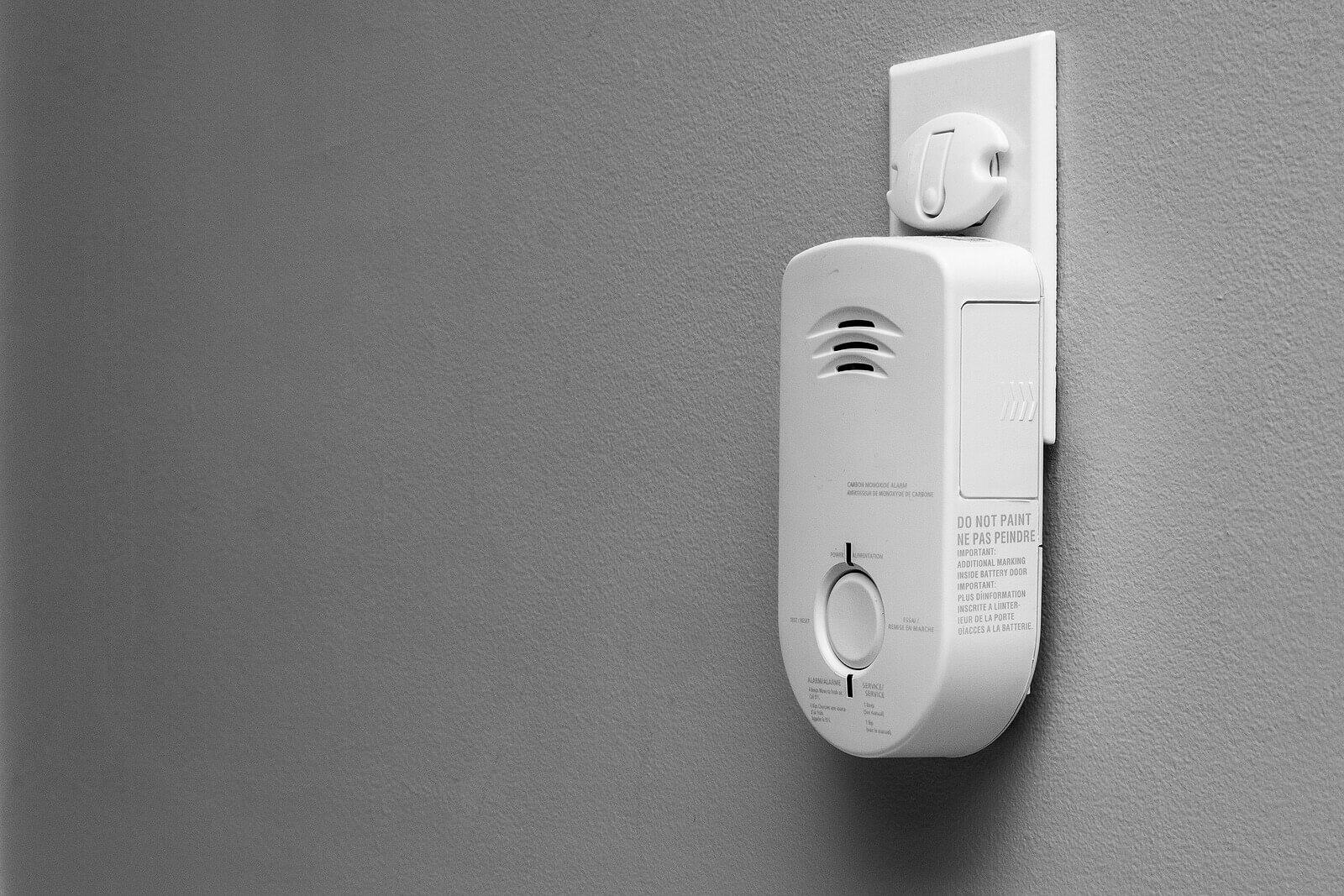
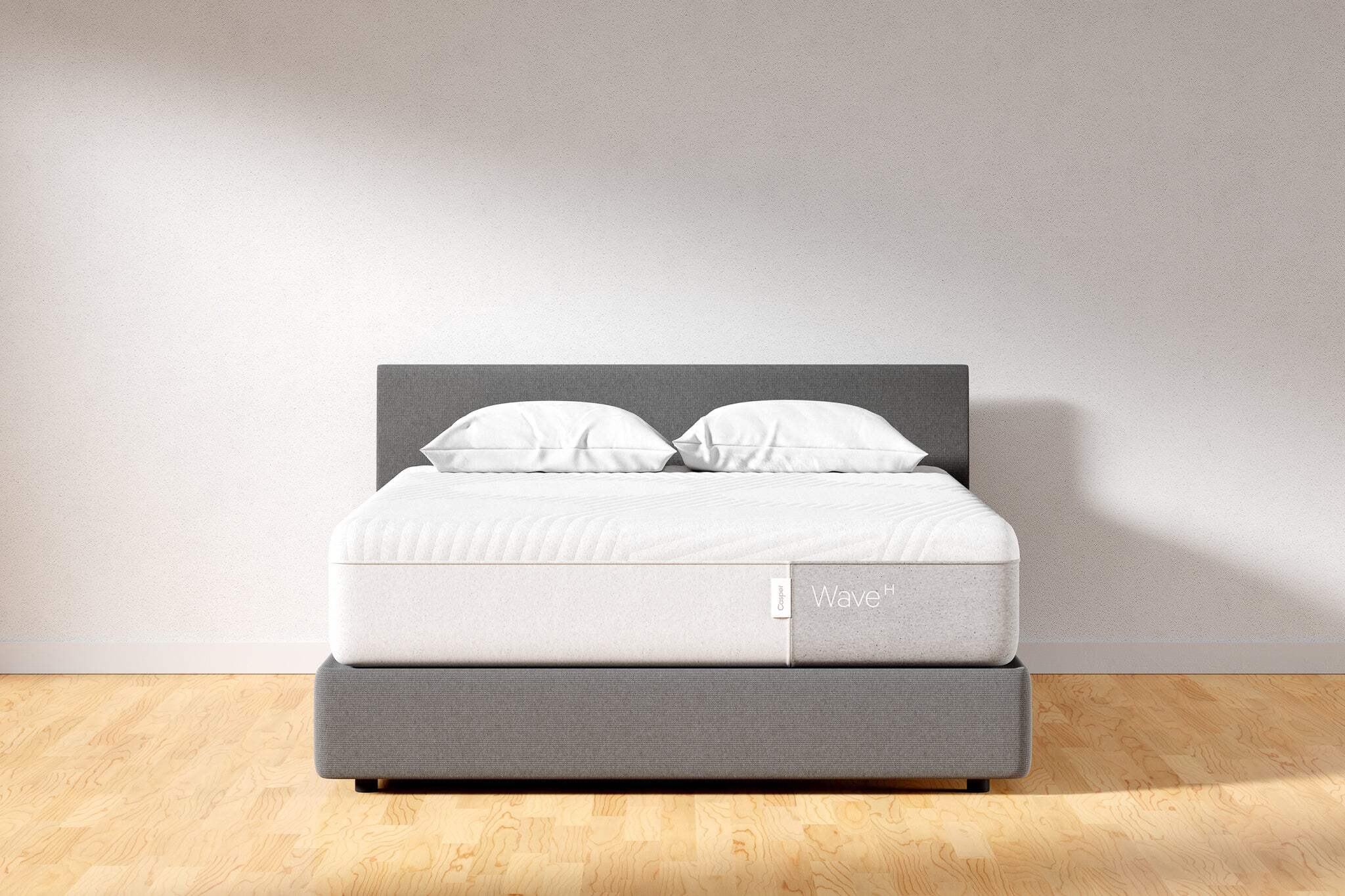
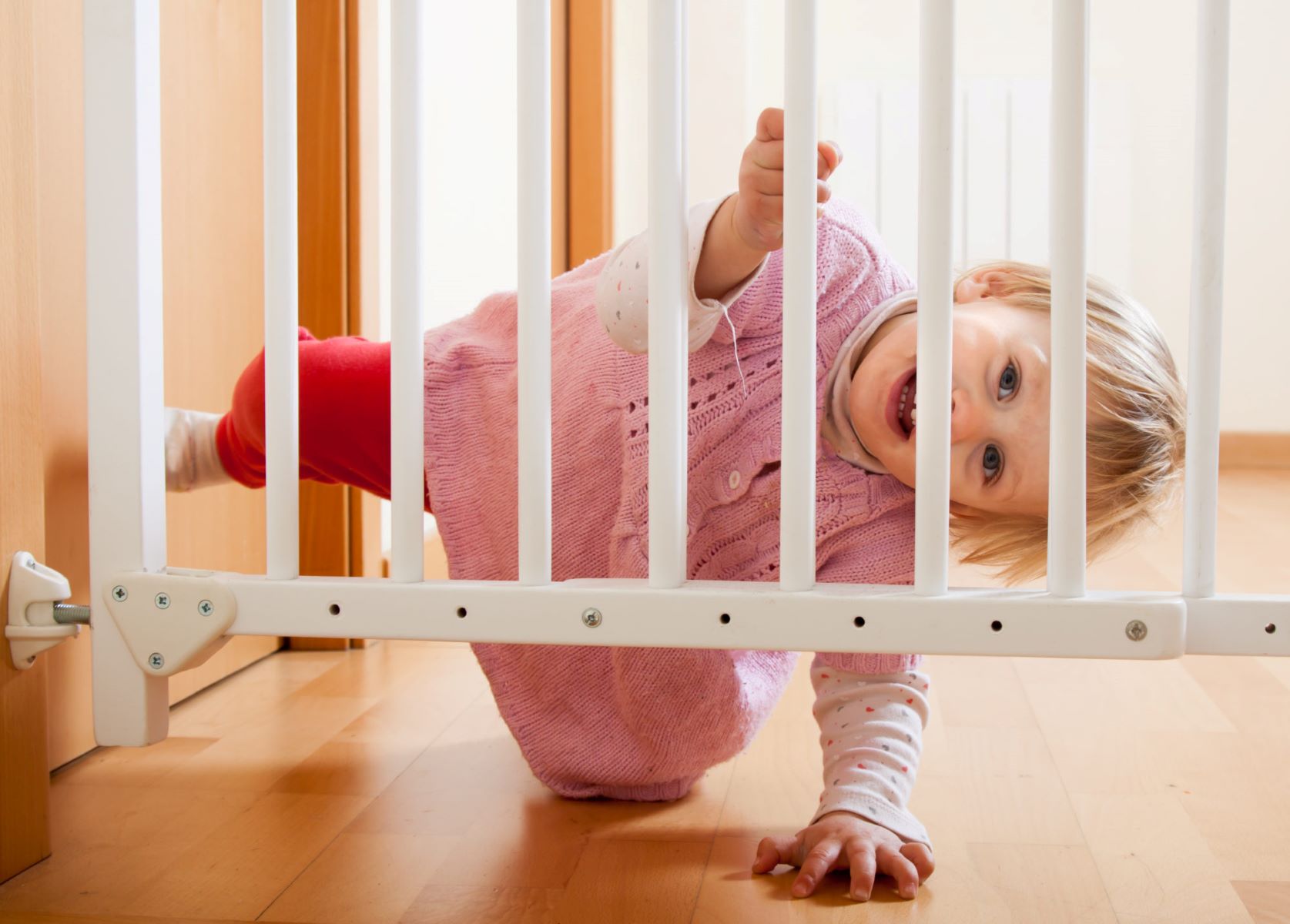
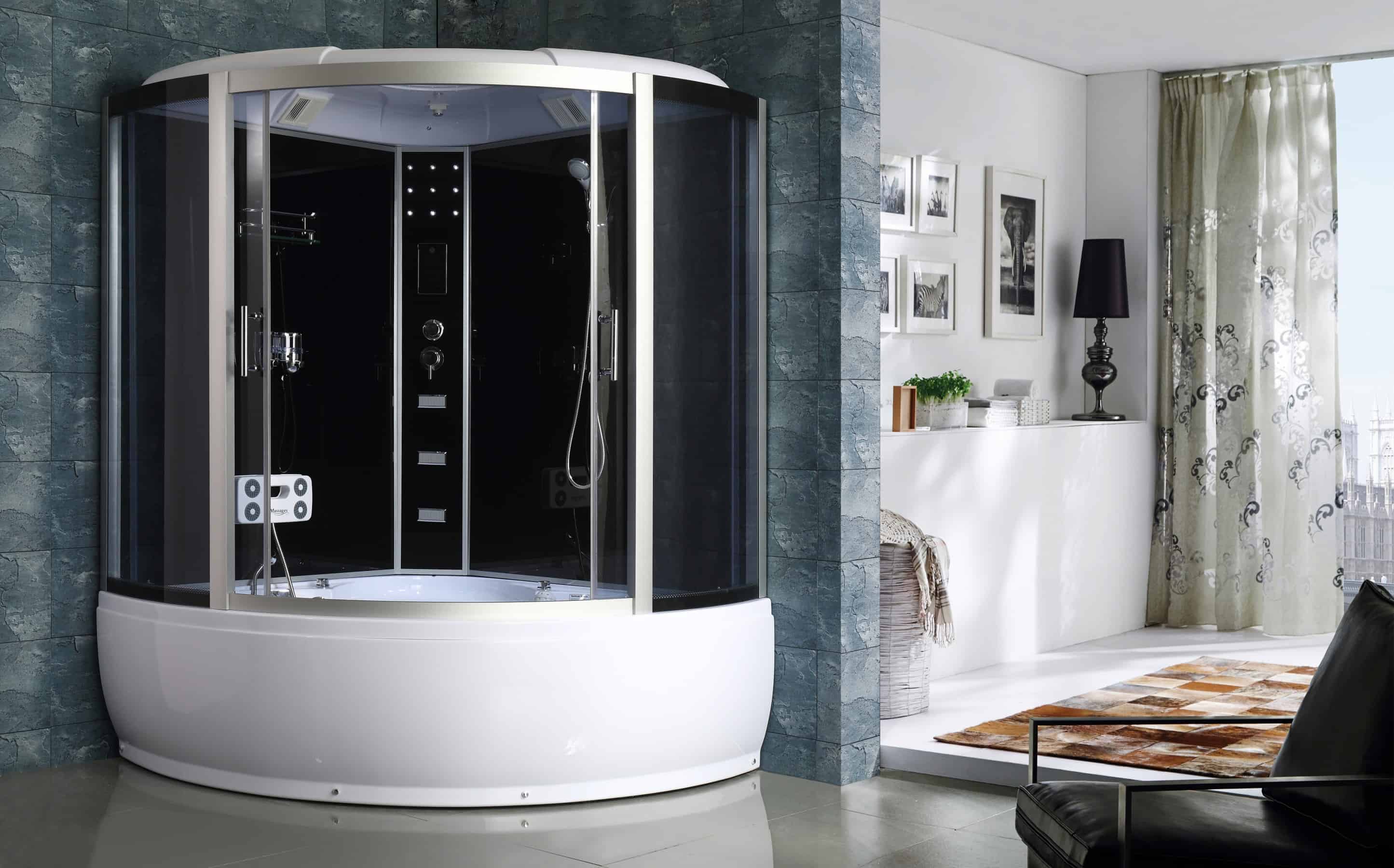

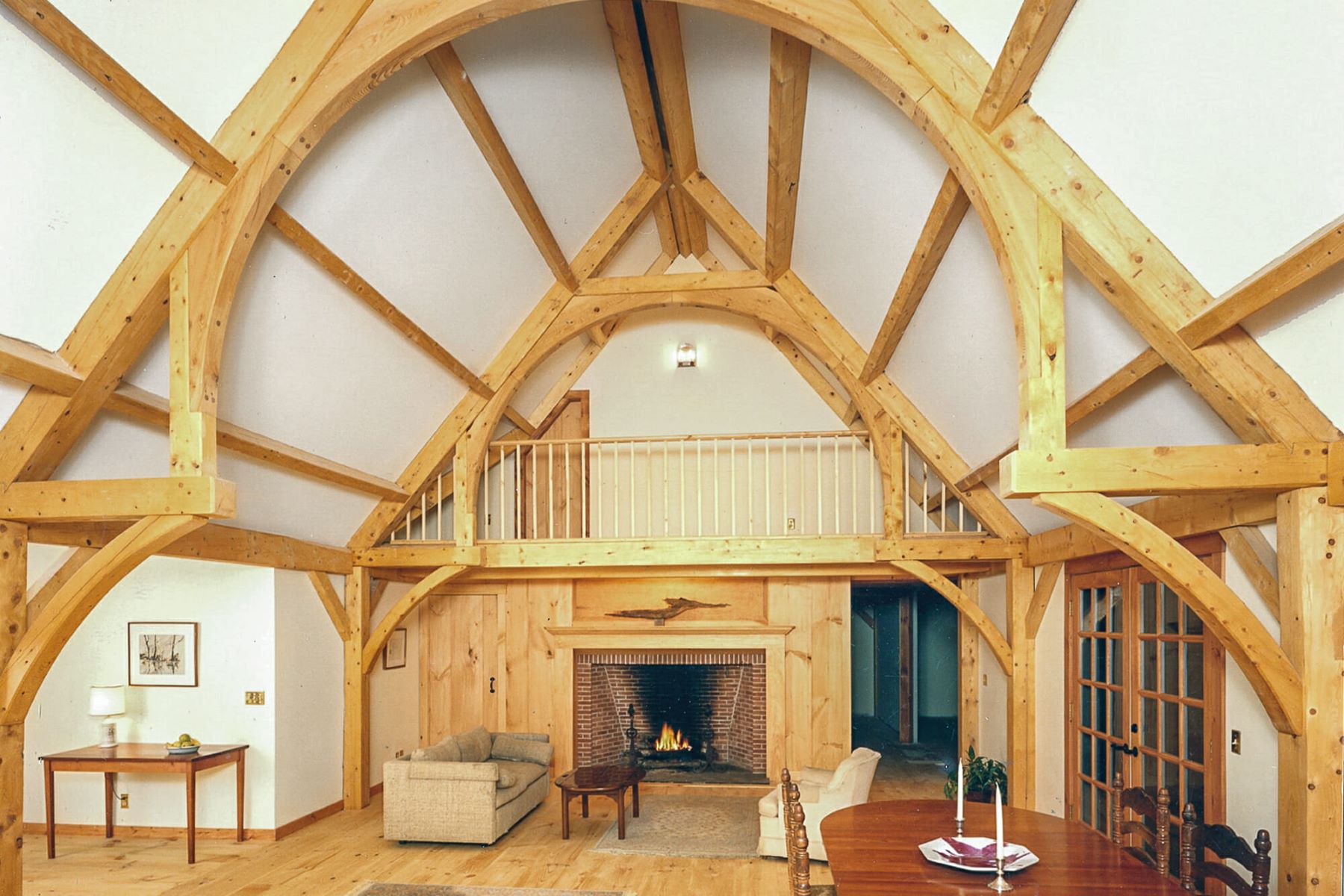

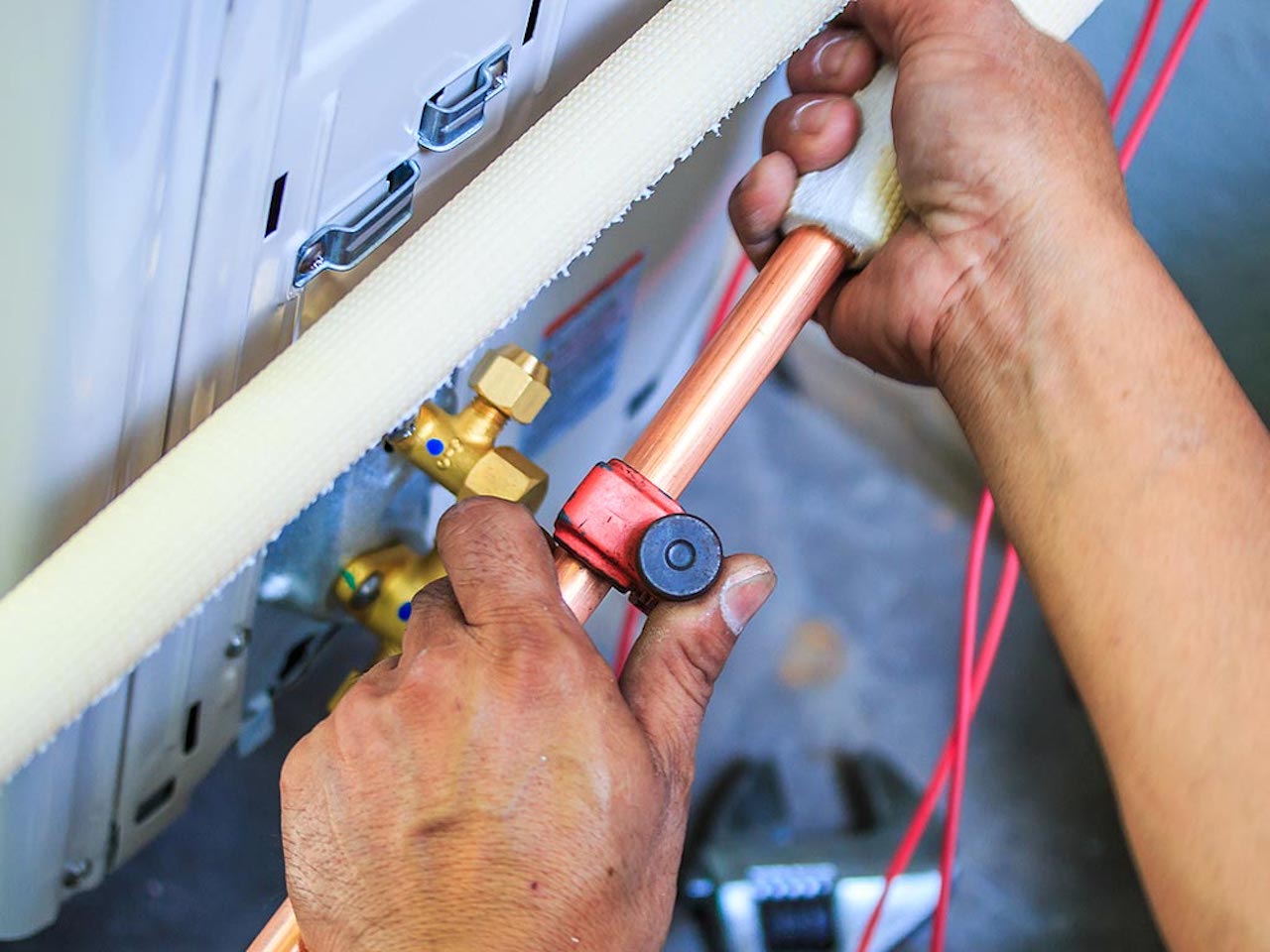
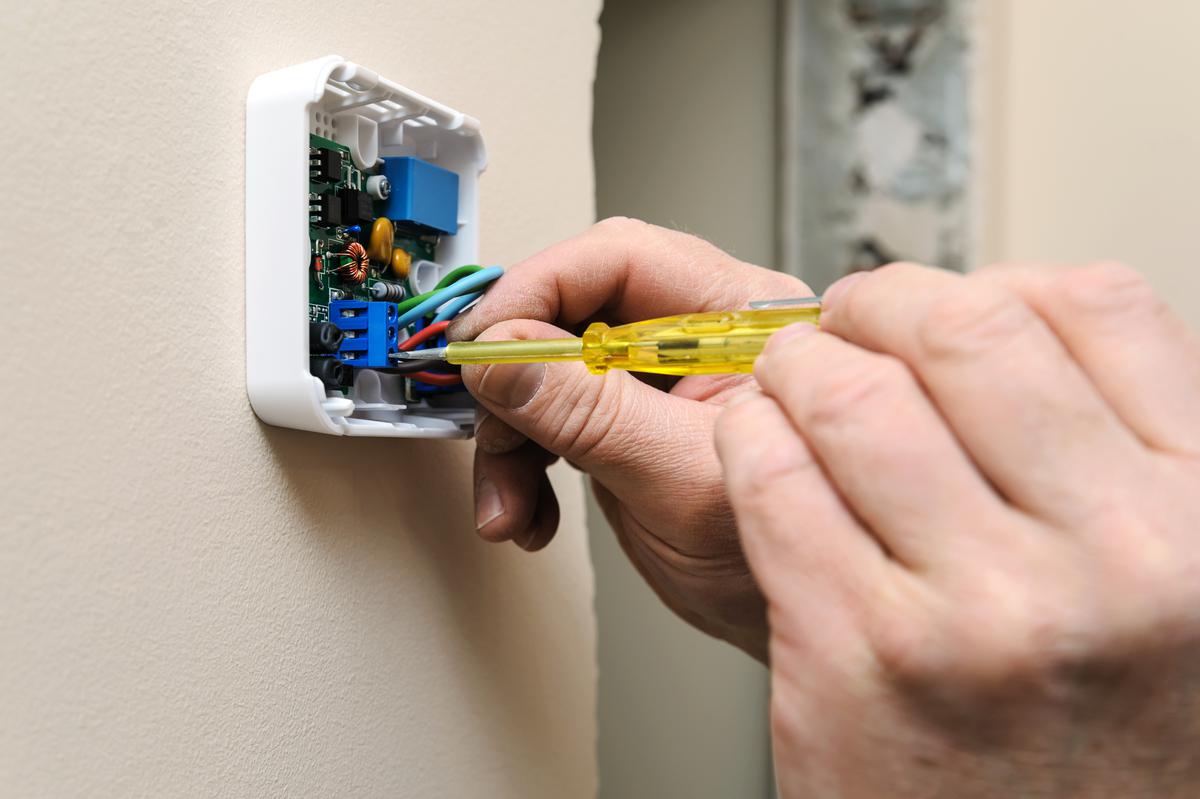

0 thoughts on “When Do I Need To Replace My Showerhead”